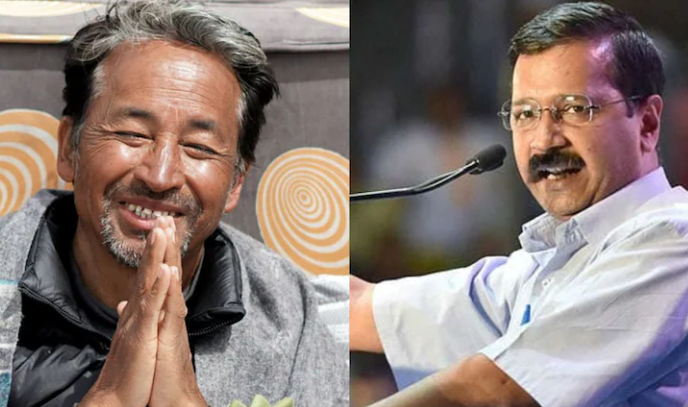Left-Congress Combine Dents BJP's Prospects in Bengal: Analyzing the Impact
- Sophia

- Jun 6, 2024
- 2 min read
In the latest election cycle, the Left-Congress alliance emerged as a formidable force, significantly affecting the BJP’s performance in West Bengal. Despite the BJP banking on the Citizenship (Amendment) Act (CAA) to win over voters, the combined opposition of the Left and Congress, along with other factors, played a crucial role in the BJP’s setbacks.

The Left-Congress alliance secured 12% of the vote across West Bengal’s 42 Lok Sabha seats, influencing the outcomes in at least 12 seats. Their presence also impacted the Trinamool Congress (TMC) in three to four seats in North Bengal. The coalition, comprising popular and senior leaders, aimed to maximize their seat count. While they did not increase their tally significantly, their vote share saw a notable rise.
Election Data Insights
According to Election Commission data, the Congress-Left combine’s performance notably affected TMC’s chances in seats like Balurghat, Raigunj, and Maldaha Uttar. For instance, in Maldaha Uttar and Raigunj, Congress candidates secured over 2 and 3 lakh votes respectively, contributing to TMC’s losses in these constituencies by margins of 77,708 and 68,197 votes.
In terms of specific outcomes, the Congress contested 12 seats, winning one — Maldaha Dakshin — and securing second place in Baharampur and Jangipur with a 19% vote share. A senior Congress leader noted an increase in their vote share compared to the 2021 Assembly election, particularly in North Bengal and Murshidabad.
The Left’s Impact in South Bengal
In South Bengal, the CPI(M) managed to regain a minor share of the Hindu vote, previously consolidated in favor of the BJP. This shift was crucial in affecting the BJP’s prospects in around a dozen seats. For example, in Asansol, BJP’s S S Ahluwalia lost by 59,564 votes, while the CPI(M) candidate secured over 1 lakh votes, contributing to TMC’s Shatrughan Sinha’s victory. Similarly, in Arambagh, the CPI(M) secured over 92,000 votes, narrowing the TMC’s winning margin to 6,399 votes.
The CAA’s Limited Impact
The BJP’s reliance on the CAA to win over the Matua community, which has around 1.5 crore Dalit members who migrated from Bangladesh, did not yield the expected results. Despite the BJP notifying the CAA rules ahead of the polls, their performance in the six Matua-dominated seats was underwhelming. The BJP retained Bangaon and Ranaghat with a slight dip in vote share but lost Cooch Behar. TMC retained the other three Matua-dominated seats — Krishnanagar, Barasat, and Bardhaman Purba.
TMC’s Counter Campaign
BJP spokesperson Samik Bhattacharya accused TMC of misleading the Matua community regarding the CAA, creating fear and confusion about potential detention camps. TMC’s campaign effectively countered the BJP’s narrative, maintaining their hold on significant Matua-dominated constituencies.
Conclusion
The Left-Congress combine played a crucial role in shaping the electoral landscape in West Bengal, affecting both BJP and TMC’s performances in various constituencies. The combined opposition’s strategic influence, along with local factors and effective counter-campaigns, underscores the complex dynamics at play in Bengal’s political arena. As the dust settles, these results highlight the importance of coalition politics and voter perception in determining electoral outcomes.




Comments